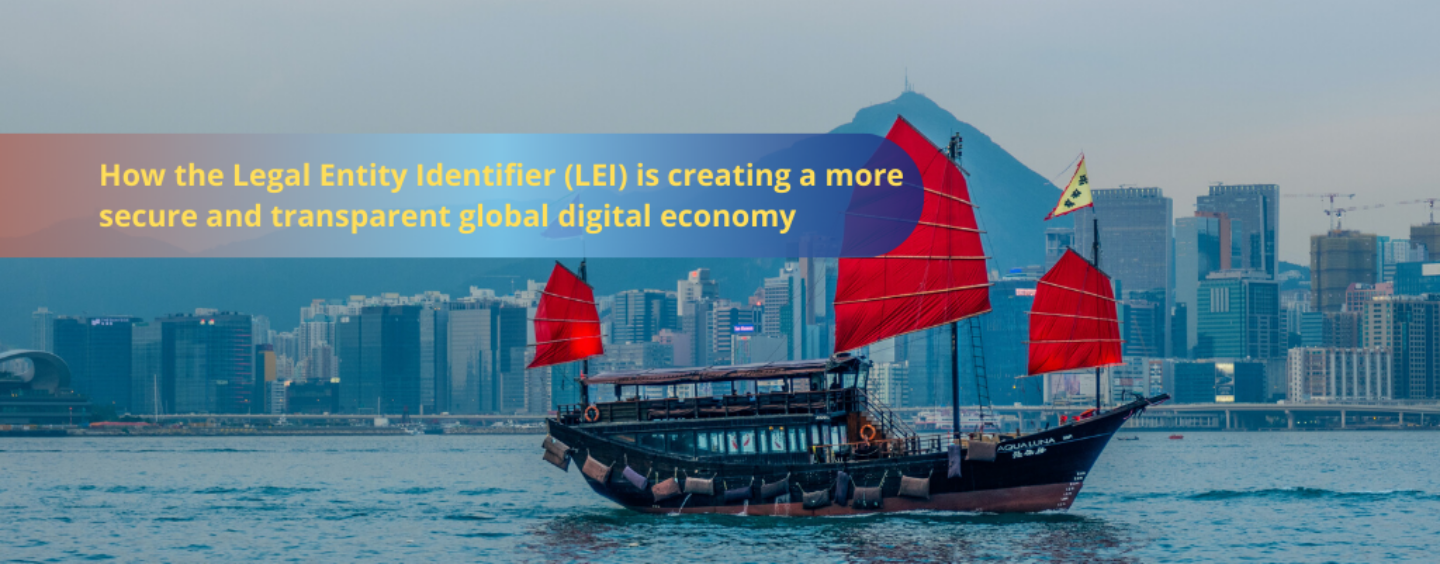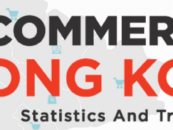
How the Legal Entity Identifier Is Creating a More Secure and Transparent Global Digital Economy
by Fintech News Hong Kong June 11, 2020Doing business in a modern economy like Hong Kong means digitally connecting with people, organisations and systems on a global scale.
Since the birth of the internet, companies have endeavoured to increase their digital presence. The rise of websites, social media and digitization of platforms facilitating the exchange of money such as trading stocks and shares has exponentially grown the global economy. However, this brought about new challenges and problems to overcome. One such problem is digital identity.
How do we know who we are dealing with online?
In 2008, the world went into shock when Lehman Brothers collapsed. This precipitated a crisis in which financial institutions had difficulty identifying their cross border counterparty exposures. One of the key takeaways was that there was a greater need for a system through which we could easily identify companies, corporations and their subsidiaries, such as investment funds, pensions schemes and holding companies.
In 2011 the G20 decided to resolve this. The solution created was to build a standardised database with details of every legal entity in the global financial system. The aim of this system was to bring about more stability to the financial system by increasing transparency and reducing risk.
This system is known as the Global Legal Entity Identifier System (GLEIS).
The GLEIS would help create a more transparent financial system by providing unique codes to each legal entity participating in financial transactions all across the globe. Any entity (limited company, an association, a trust/fund, a charity or bank) that is legally registered may obtain a Legal Entity Identifier (LEI) code.
On April 1st 2019, the HKMA (Hong Kong Monetary Authority) made LEI reporting mandatory for OTC Derivative reporting.
The HKMA and the Securities & Futures Commission, reporting entities will have to be identified by way of an LEI code in the recording of new transactions and daily valuations.
What is an LEI?
An LEI is a code that is assigned to a legal entity to help identify it in financial transactions.
The LEI itself is an alpha-numeric 20 digit code which is also an ISO standard.
The benefits of the LEI system are numerous, and the LEI is now being rolled out and having a profound effect in multiple business use cases. McKinsey recently published a report stating that the LEI system can save the banking industry between 2-4 billion USD annually in KYC checks alone.
How is it helping?
Previously, it was very difficult to find out about a particular company especially if they had no digital presence. This lack of digital transparency was being used to commit fraud, money laundering, identity theft and market abuse. Now, conducting an LEI Check is a guaranteed way to know if a company you are dealing with is legitimate.
LEI Use Cases
Regulatory Compliance:
The LEI was initially adopted by regulatory bodies in the financial industry such as ESMA in Europe and the SFC in Hong Kong. A new batch of regulations came into place such as MiFID 2, EMIR, SFTR and CSDR which sought to strengthen the global economy by standardizing the way securities transactions were reported and facilitated.
These regulations required participating parties to identify themselves and their counterparties by way of an LEI within these new regulatory reports.
Know Your Customer (KYC):
Knowing who you are dealing with is of critical importance in banking due to rafts of legislation globally. Many organisations have adopted an LEI check as a critical step in their KYC processes. Previously, onboarding new clients or customers meant lots of paperwork, certificates and authorization forms. Now, the LEI provides a reliable source of up to date data which is free and easily accessible, outdating previous methods. This extra layer of security allows banks and other financial institutions conduct their business in a more efficient and reliable manner.
Digital Certificates:
LEIs can be embedded into the SSL Certificates that secure websites. Public key infrastructure (PKI) software allows companies and organisations to identify themselves in any given transaction. LEIs add an extra layer of organizational identity evidence to the original PKI ensuring integrity in online transactions. It does this by ensuring that no entity can “pass off” as another entity to commit identity fraud. LEI codes are unique and immutable, unlike company names which are often duplicated across jurisdictions.
Blockchain:
The LEI system and the Blockchain are naturally complementing systems. They both seek to increase trust, decrease risk and bring about a more secure, transparent and reliable set of data. Any blockchain-based LEI system would make it impossible to perpetrate common forms of financial fraud. This would increase the trust in registration authorities data, make the LEI data immutable, further decentralize the issuing process and increase resilience to systems failures.
GLEIF are currently working on a new project whereby blockchain technology will allow for the creation of ‘organisation wallets’ which would verify the authority of an employee to act on its behalf. This distributed ledger will help companies delegate regulatory reporting and contract signing duties securely.
Anti-Money Laundering (AML):
In Hong Kong the authorities investigated over 1,823 cases of suspected money laundering, and convicted perpetrators of 86 related crimes. The Legal Entity Identifier now has an important role in AML. Global estimates are that over $2 trillion are laundered annually. The LEI system maps out organisational structures in real time, showing who belongs to whom.
With access to this data, banks can spot trends and identify money laundering entities associated with particular transactions more easily. This also allows banks to put systems in place which can block, intercept or alert authorities to apparent illegal activity.
In conclusion, it is safe to say that the Legal Entity Identifier is paving the way to a more transparent financial system, in which companies can be readily identified definitively on an international basis. Given the current era of COVID-19 and negative fuel prices, the Legal Entity Identifier serves as a welcome signpost in an increasingly tumultuous international marketplace.








